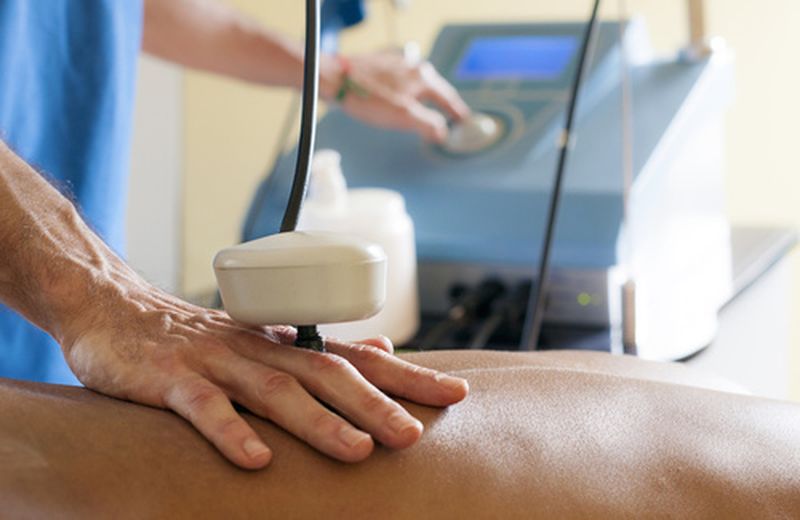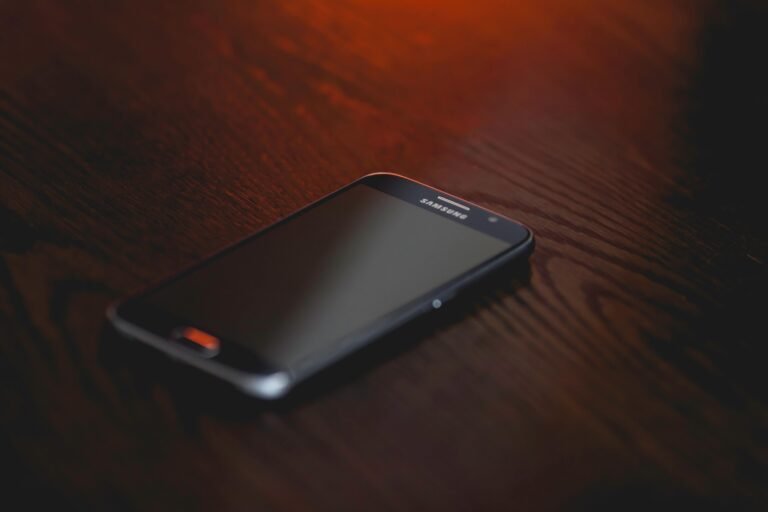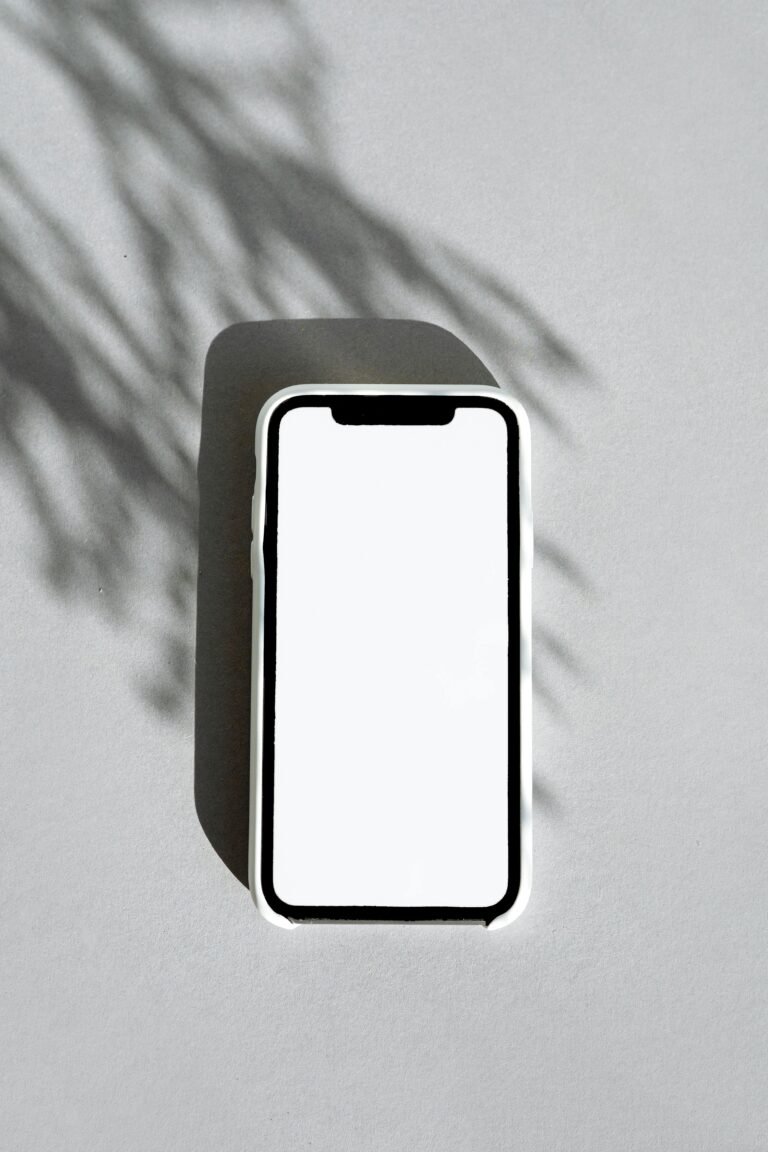Tecar therapy: what contraindications does it have?
How does Tecartherapy work and what are the contraindications?

Many turn to perhaps the best known instrument among electromedical therapies, the tecar , a tool used by physiotherapists in the treatment of various pathologies.
Tecar and electromedical therapies
Among the electromedical therapies also the tecar raises many doubts, in relation to the actual effectiveness. In many other cases there have been excellent results given by the machine and the heating it produces. Basically, when this technique is used, all you have to do is use a high frequency current .
This generates a local temperature increase in human tissues (deep diathermy). The immediate consequence occurs at the level of an increase in blood circulation . More blood flows, there is less local stiffness.
If there is a traumatic or inflammatory event, the tecar would increase the repair process of the cells , as the machine stimulates the cell membrane potential .
But what happens in practice? A passive electrode called “plate” is applied in contact with the patient’s body, then a second electrode is worked on the area to be treated. The “active” one can be manually guided by the physiotherapist or fixed to the patient’s pathological tissue; the passive plate serves to form a current. Often the physiotherapist manually moves the second electrode after spreading a carrier cream to facilitate sliding.
Usually it is a series of sessions to be carried out as a therapy or adjuvant to other types of therapies . The physiotherapist can also choose to accompany the treatment with the suggestion of some specific exercises.
Read also Tecar therapy and cellulite >>
Contraindications in the use of tecar
Basically, the tecar is used for many pathologies, even delicate ones, such as back pain of various kinds, bruises, arthrosis, back pain , sprains, pain deriving from inflammation of the tissues, but there are several cases for which it is good not to resort to therapy.
First of all it is the case of a state of pregnancy , as going to act on the potential difference can give long-term problems to the fetus. Even in a situation in which decompensated rteriopathies or malignant neoplasms are found , it is advisable not to resort to tecar.
If the recipient wears a pacemaker it is good to avoid or in any case it is always advisable to consult a cardiologist. The physiotherapist then has the adequate competence to understand or not whether and if necessary how to treat in case of paresthesia , situations of those who report herniated discs or problems related to the onset of diabetes . Some attention should also be given to the presence of metal dental prostheses.
Obviously, constant attention from the physiotherapist is required. Prolonged sessions cannot be performed , especially on the cervical or paravertebral region, areas that are sensitive to blood pressure.
























+ There are no comments
Add yours